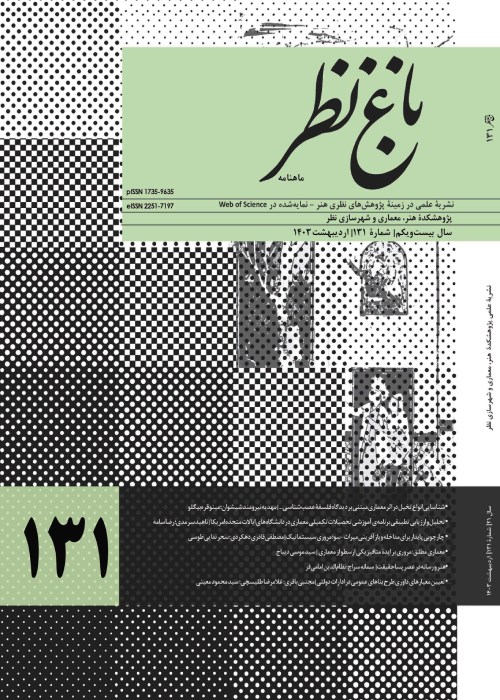A Study of Dragon Motifs on Golden TilesThrough Symbolism and Historical Background
This descriptive-analytical study investigates the dragon motives in architectural decorations in the buildings of Imamzadeh Ali Ibn Ja’far (PBUH), Imamzadeh Ismail (PBUH) of Qom and Takht-e Soleiman of Takap Palace built in Ilkhanid period.
Problem statement: Tiling as one of the most prominent decorative elements in Islamic-Iranian architecture is seen in many Islamic buildings. Some tile designs, such as the dragon pattern, are seen as one of the recurring patterns in the art of Iran and other nations such as China.Now the question arises what are the similarities and differences in terms of format and content between the role of the dragon in the tiles of Iranian buildings and the role of the dragon in Chinese art? To answer this question, the tiles of the two buildings of Imamzadeh Ali Ibn Jafar (AS) and Imamzadeh Ismail (AS) in Qom have been examined. Research objective For this purpose, the dragon motifs in the ancient cultures of Iran and China were compared; the similarities and differences between the dragon motifs on Ilkhanid tiling in Iran and dragon motifs in Chinese art were studied in terms of form, content, and meaning. Therefore, the authors were able to investigate the hypothesis of research stating that the dragon motif in the Ilkhanid period, unlike previous periods in Iran, has found a positive meaning and has been used for religious purposes in religious buildings and palaces after getting acquainted with Chinese culture and art.
The research method of this article is descriptive-analytical and library, documentary, and field sources have been used to collect information.
Finally, the hypothesis of this research was approved and it was concluded that despite the negative and evil characteristics of dragon motifs in Iranian literature and art in previous periods, the dragon motifs on the golden tiles of the Ilkhanid period were influenced by Chinese culture and found a positive meaning and a good concept.
- حق عضویت دریافتی صرف حمایت از نشریات عضو و نگهداری، تکمیل و توسعه مگیران میشود.
- پرداخت حق اشتراک و دانلود مقالات اجازه بازنشر آن در سایر رسانههای چاپی و دیجیتال را به کاربر نمیدهد.


